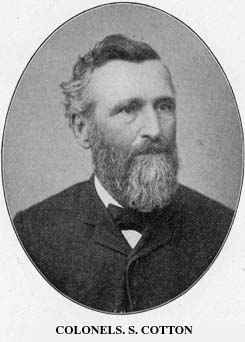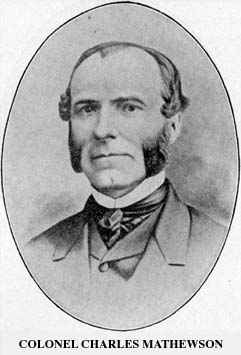
NEGenWeb Project
Resource Center
Church
|
PHASES OF CHURCH GROWTH
|
123
|
Omaha, Princeton, Stockham, Superior, Sutton, Timber Creek, and Turkey Creek.
The church at Crete, organized in 1876, is the oldest, and in that town for some years was located the German Pro

Seminary which for a time had a loose connection with Doane College. This pro-seminary, designed to prepare students for the German department of Chicago Theological Seminary, was transferred to Wilton Junction, Iowa, and became the Wilton German-English College in Septem-
| 124 |
CONGREGATIONAL NEBRASKA
|
ber, 1894, the Wilton Congregational Academy, with two brick buildings and several acres of land, being turned over by its trustees to the German brethren for this purpose.
In September, 1904, the Wilton school was consolidated with Redfield College, South Dakota, and the property in Wilton was disposed of for about $4,500 in favor of the town, and the sum applied on indebtedness. The location of Redfield College is near the territory from which a large number of German students come, and the change is thought to be desirable in every way.
Rev. F. C. F. Scherff of Minden, Iowa, writes:1
"The new articles of incorporation of Redfield College provide a full German course for German theological students. It is believed that the college under the new conditions will have more sympathy and financial aid from the German churches. Prof. H. Seil has been elected president."
This digression has come naturally through following out the history of a Nebraska institution, sprung from our German work, a large part of which is in the city of Lincoln.
Col. S. S. Cotton of Norfolk has kindly furnished the following account of church life in the Eikhorn valley:
"Until the year 1867, the Elkhorn valley was uninhabited by white people. Only Indians roamed over it in search of game, or interchanging visits among the different tribes. This was a part of the country considered by eastern people to be 'the great American desert.'
"It was Albert D. Richardson who, perhaps half a century ago, traveled through this country in company with Horace
|
PHASES OF CHURCH GROWTH
|
125
|
Greeley and published a work, 'Beyond the Mississippi,' and gave a faint idea of its wonderful possibilities, its vast commercial, mining, and agricultural resources. What he prophesied as possibilities then are realities now.

"With the march of progress, the mission church has held a foremost place. From the beginning until now, Norfolk Church has been a center to which the younger churches have looked for inspiration and help.
"Col. Charles Mathewson, the main founder of the Norfolk Church, was a man eminently fitted to be a leader in this work of beginnings. He was clear headed, with a
| 126 |
CONGREGATIONAL NEBRASKA
|
great heart full of sympathy for everything looking to the upbuilding of church life. A royal welcome to his home always awaited the workers in the little sister churches. They could not fail to catch encouragement from his genial, hopeful nature and inspiring advice.

"The Norfolk Church had its beginning with the settlement of the town. In the summer of 1869 Colonel Mathewson, with his family, located in Norfolk, building a flouring mill and the first house. His birthplace was Pomfret, Connecticut, a town noted in history as the home of the Revolutionary patriot, General Putnam.